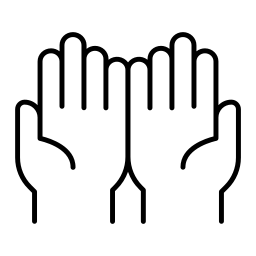
I'm not a graphics designer, I just occasionally dabble in GIMP. Is it really that bad or is it just different from Adobe? I've had some issues at first because the GUI is not intuitive in the slightest but I kind of enjoy the workflow now.
Although the most complicated thing I've ever done was recreating an AI generated logo with actual symmetry, logic and around 20 layers.





Fair enough, I'm far from an expert when it comes to working with these tools.